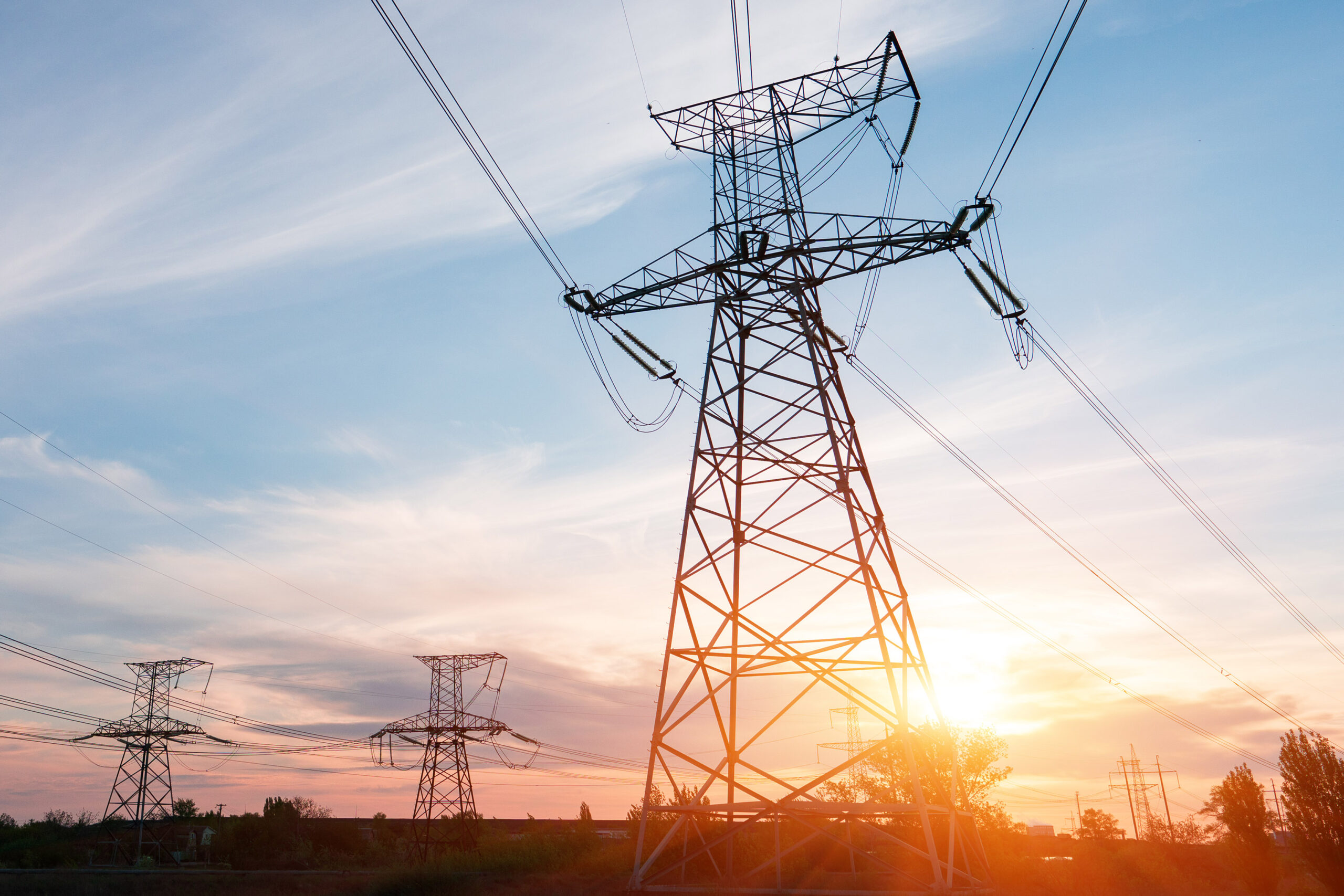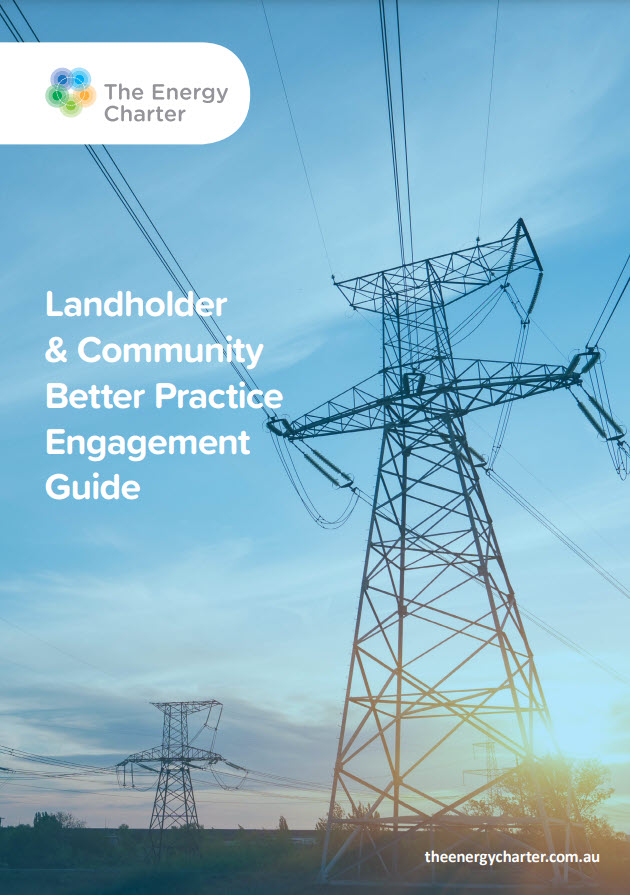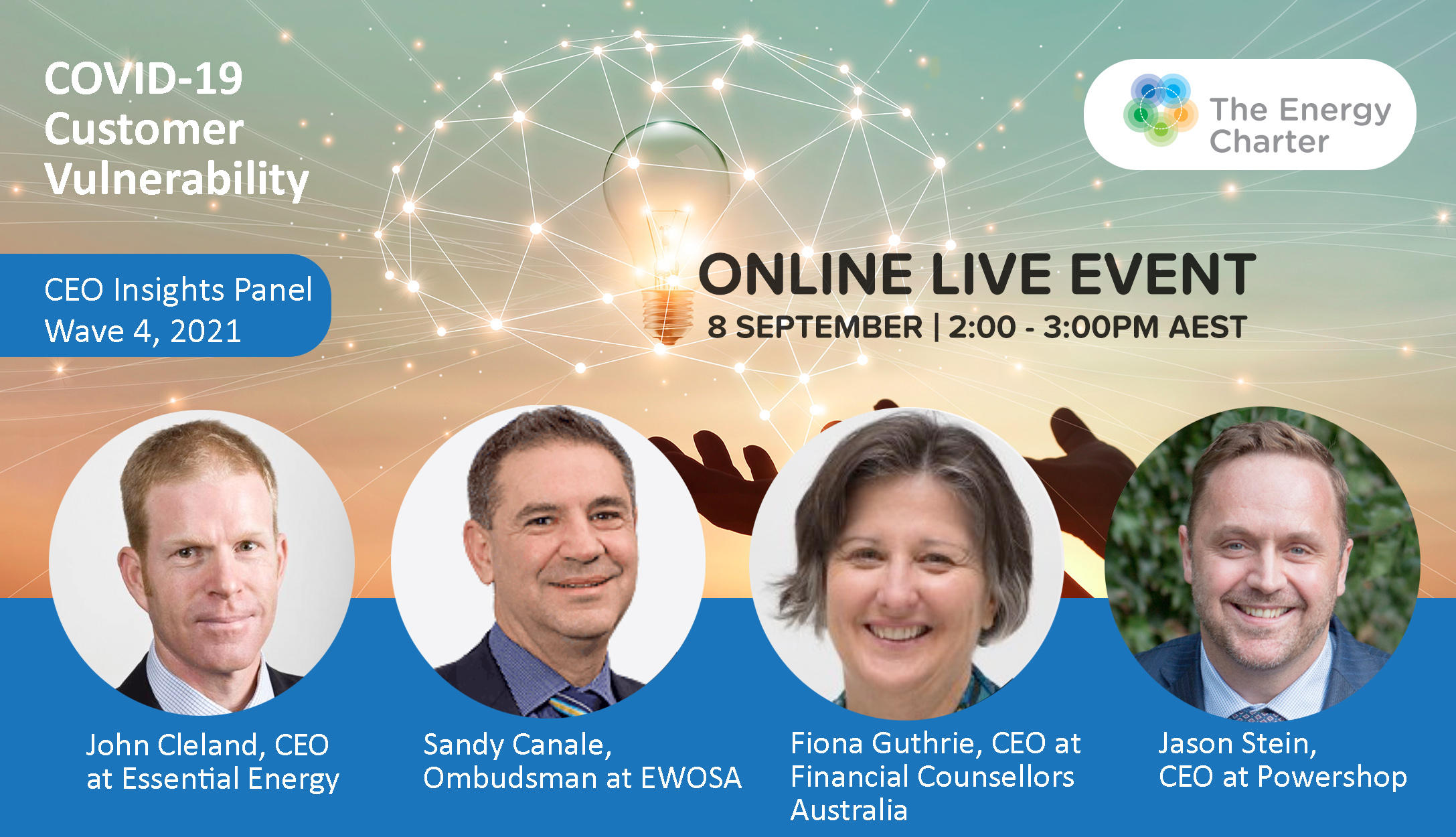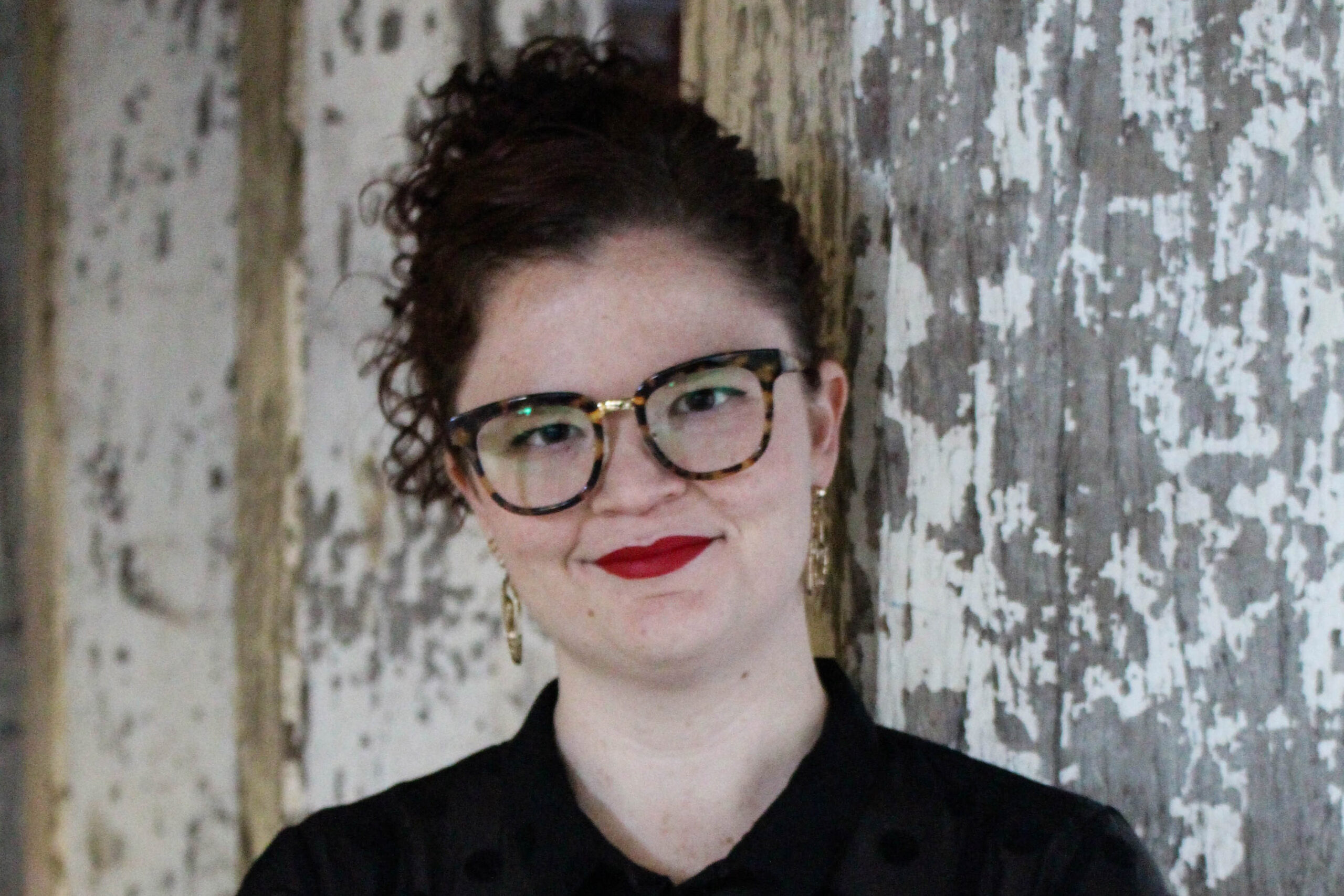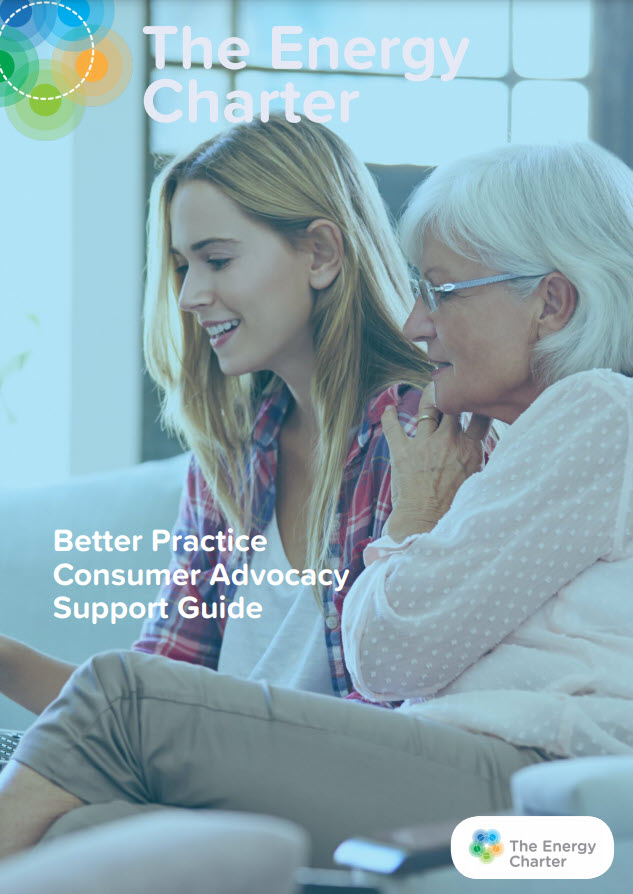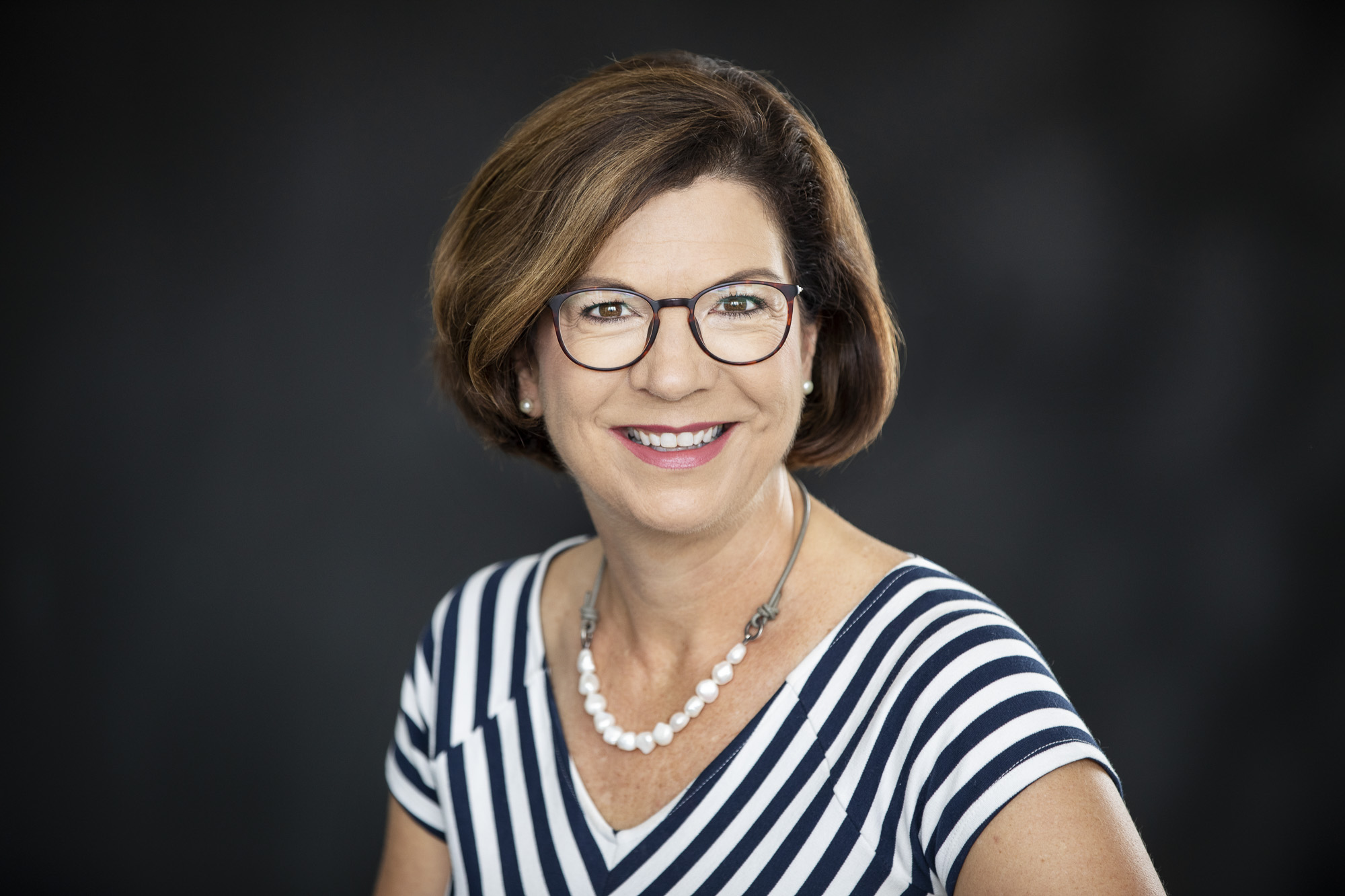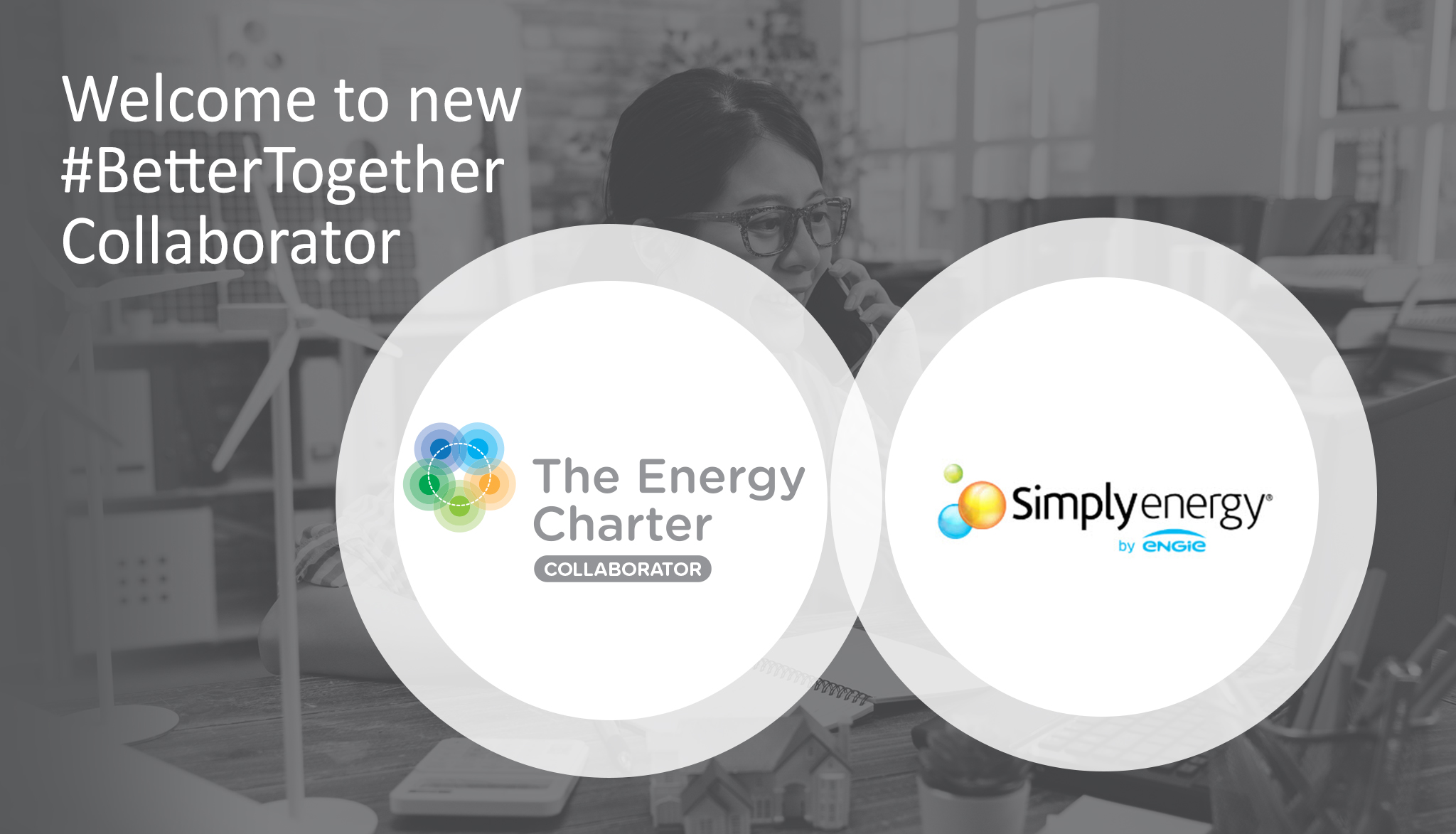Energy Charter Full Signatories have today submitted their annual disclosures to the Independent Accountability Panel (IAP) after consultation with their customer councils, CEOs, Boards and internal leaders. The IAP process is aimed at driving transparency and accountability to energy consumers of their progress towards commitments made under the five customer-centric principles of the Energy Charter
Energy businesses worked closely with their customer councils to ensure that their disclosures were reflective of the outcomes that they had delivered to customers during 2020-21. In addition, feedback was obtained in relation to self-maturity assessments under the Energy Charter’s Maturity Model.
The signatory 2020-21 disclosures share with energy consumers and stakeholders:
- An overview of their customers and the communities in which they operate
- Customer outcomes they have delivered under the five principles of the Energy Charter:
- Customer at the centre
- Affordability
- Safety, sustainability and reliability
- Customer experience
- Supporting customers in vulnerable circumstances
- Self-assessed maturity levels and metrics and measures to substantiate
- Commitments to customers for the next 12 months and beyond
In addition, the Energy Charter 2020-21 disclosure asks “what have we done that has made an actual difference for the customer this year?”. With ongoing momentum, this includes:
- Customers in vulnerable circumstances impacted by COVID-19 were supported individually and collectively by Energy Charter signatories, informed and guided by an evidence based drawn from the 12-month COVID-19 Customer Vulnerability Research by Deloitte
- Commercial and industrial customers, including small businesses, benefitted from increased transparency, accountability and fit-for-purpose products and services through the National Customer Code for Energy Brokers, Consultants and Retailers with more than 40 signatories
- Directors and Boards have better practice options to ensure the customer voice is appropriately influencing their strategic decision-making and the direction of energy businesses through the Customer Voice @ Board Level Resource (responding to IAP Report 2019)
- Collaboration with the water sector in a first-ever WE (water + energy) Collaborate Memorandum of Understanding to drive tangible customer outcomes and insights sharing between the sectors. The Energy Charter has hosted over 300+ participants learning from 12 speakers on topics ranging from consumer engagement, innovative approaches to customer co-design and indigenous engagement.
Over the coming month, Energy Charter signatories look forward to the opportunity to attend Stakeholder Forums and CEO meetings hosted by the IAP, and reflect on the 2021 IAP Report (December) in order to get valuable feedback on whether they are meeting customer expectations, and where there is room for continuous improvement.
Signatory disclosures will be available for download via the IAP website from Friday 1 October.



